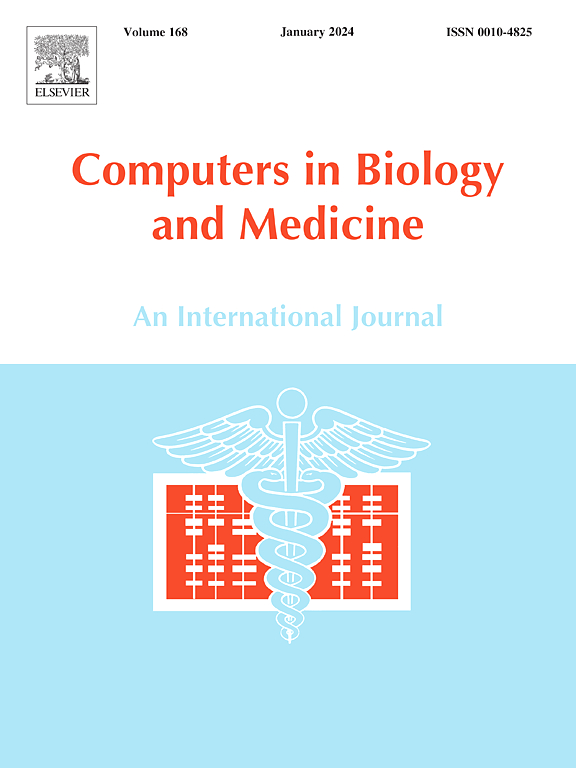基于agent的COVID-19大流行接种策略分析
IF 6.3
2区 医学
Q1 BIOLOGY
引用次数: 0
摘要
背景:最近冠状病毒(COVID-19)大流行的严重程度揭示了在疫苗供应有限的情况下制定接种策略的重要性。有关当局根据年龄和是否存在其他慢性健康状况等已知风险因素实施了疫苗接种战略,以便从疾病中存活下来。然而,根据疫苗可得性和疾病传播水平,在确定首选接种策略时可以考虑各种其他因素。本研究探讨了在不同疫苗可得性和疾病传播水平的情况下,不同人群接种疫苗的有效性,通过一些绩效指标,即:发病率(AR),死亡率(DR)和住院率(HR)。方法:在本研究中,我们实现了一个非常详细的基于agent的模拟(ABS)模型,该模型扩展了经典的SEIR模型,增加了五种额外的状态:无症状(a)、隔离(Q)、住院(H)、死亡(D)和免疫(M),可作为决策支持工具来优先考虑接种人群的群体。该方法采用个人日常流动、相互作用和病毒在个人之间传播的模型。根据年龄、家庭规模、工作状态、交通方式、休闲喜好等因素,将人群异质聚类为17个不同的群体,以寻找最适合接种的人群。试验了三种不同的疾病传播水平(低、中、高),以及四种不同的疫苗有效百分比(VAP)(25%、50%、75%和85%),共84种情况。结果:以无疫苗病例为基准,无疫苗病例的发病率、住院率和死亡率分别高达99.53%、16.96%和1.38%。当VAP = 25%时,相应的最高性能指标(率)分别为72.33%、15.95%和1.35%;VAP = 50%为50.25%,9.55%,0.94%;VAP = 75%分别为24.53%、2.62%和0.25%;VAP = 85%,分别为11.51%、0.002%和0.08%。我们的研究结果表明,就所有DSL和VAP值的性能指标而言,基于个体年龄的接种的常见做法并不能产生最佳结果。在大多数情况下,包含工人和学生的群体代表高度互动的个体,即Group (9, 10), Group(9, 11, 10)和Group(9, 10, 11, 12),是一种普遍推荐的接种选择。正如预期的那样,我们观察到VAP水平越高,备选接种组的数量就越多。结论:本研究结果表明:(一)接种大大减少了感染人数、死亡人数和因疾病住院的人数;(二)就绩效指标而言,最佳接种组/组因疫苗可得率和疾病传播水平而异;(三)同时实施接种和禁闭、社交距离和检疫等预防措施;对疾病传播及其后果产生更大的影响。本文章由计算机程序翻译,如有差异,请以英文原文为准。
Analysis of inoculation strategies during COVID-19 pandemic with an agent-based simulation approach
Background
The severity of recent Coronavirus (COVID-19) pandemics has revealed the importance of development of inoculation strategies in case of limited vaccine availability. Authorities have implemented inoculation strategies based on perceived risk factors such as age and existence of other chronic health conditions for survivability from the disease. However, various other factors can be considered for identifying the preferred inoculation strategies depending on the vaccine availability and disease spread levels. This study explores the effectiveness of inoculating different groups of population in case of various vaccine availabilities and disease spread levels by means of some performance metrics namely: Attack Rate (AR), Death Rate (DR) and Hospitalization Rate (HR).
Method
In this study we have implemented a highly detailed Agent-Based Simulation (ABS) model that extends classical SEIR Model by including five more additional states: Asymptomatic (A), Quarantine (Q), Hospitalized (H), Dead (D) and Immune (M) which can be used as a decision support tool to prioritize the groups of the population inoculated. The approach employs the modelling of daily mobility of individuals, their interactions and transmission of virus among individuals. The population is heterogeneously clustered according to age, family size, work status, transportation and leisure preferences with 17 different groups in order to find the most appropriate one to inoculate. Three different Disease Spread Levels (DSL) (low, mid, high) are experimented with four different Vaccine Available Percentages (VAP) (25%, 50%, 75% and 85%) with a total of 84 scenarios.
Results
As the benchmark, under the No Vaccine case Attack Rate, Hospitalization Rate, and Death Rate goes as high as 99.53%, 16.96%, and 1.38%, respectively. Corresponding highest performance metrics (rates) are 72.33%, 15.95%, and 1.35% for VAP = 25%; 50.25%, 9.55%, and 0.94% for VAP = 50%; 24.53%, 2.62%, and 0.25% for VAP = 75%; and 11.51%, 0.002%, and 0.08% for VAP = 85%. The results of our study shows that the common practice of inoculation based on the age of individual does not yield the best outcome in terms of performance metrics across all DSL and VAP values. The groups containing workers and students that represent highly interactive individuals, i.e. Group (9, 10), Group (9, 11, ) and Group (9, 10, 11, ) emerge as a commonly recommended choice for inoculation in the majority of cases. As expected, we observe that the higher is the VAP levels the more is the number of alternative inoculation groups.
Conclusions
Findings of this study present that: (i) inoculation considerably decreases the number of infected individuals, the number of deaths and the number of hospitalized individuals due to the disease, (ii) the best inoculation group/groups with respect to performance metrics varies depending on the vaccine availability percentages and disease spread levels, (iii) simultaneous implementation of both inoculation and precautions like lock-down, social distances and quarantines, yields a stronger impact on disease spread and its consequences.
求助全文
通过发布文献求助,成功后即可免费获取论文全文。
去求助
来源期刊

Computers in biology and medicine
工程技术-工程:生物医学
CiteScore
11.70
自引率
10.40%
发文量
1086
审稿时长
74 days
期刊介绍:
Computers in Biology and Medicine is an international forum for sharing groundbreaking advancements in the use of computers in bioscience and medicine. This journal serves as a medium for communicating essential research, instruction, ideas, and information regarding the rapidly evolving field of computer applications in these domains. By encouraging the exchange of knowledge, we aim to facilitate progress and innovation in the utilization of computers in biology and medicine.
 求助内容:
求助内容: 应助结果提醒方式:
应助结果提醒方式:


